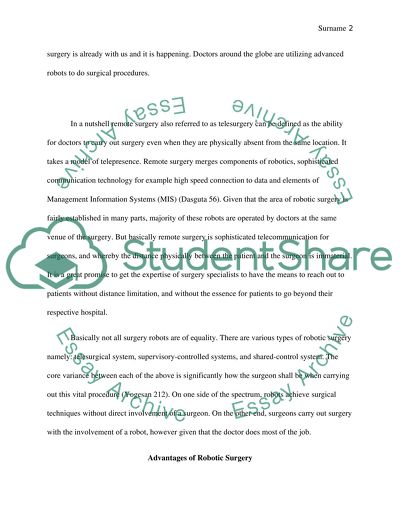Cite this document
(“Remote Surgery Term Paper Example | Topics and Well Written Essays - 2750 words”, n.d.)
Retrieved de https://studentshare.org/health-sciences-medicine/1392815-remote-surgery
Retrieved de https://studentshare.org/health-sciences-medicine/1392815-remote-surgery
(Remote Surgery Term Paper Example | Topics and Well Written Essays - 2750 Words)
https://studentshare.org/health-sciences-medicine/1392815-remote-surgery.
https://studentshare.org/health-sciences-medicine/1392815-remote-surgery.
“Remote Surgery Term Paper Example | Topics and Well Written Essays - 2750 Words”, n.d. https://studentshare.org/health-sciences-medicine/1392815-remote-surgery.


